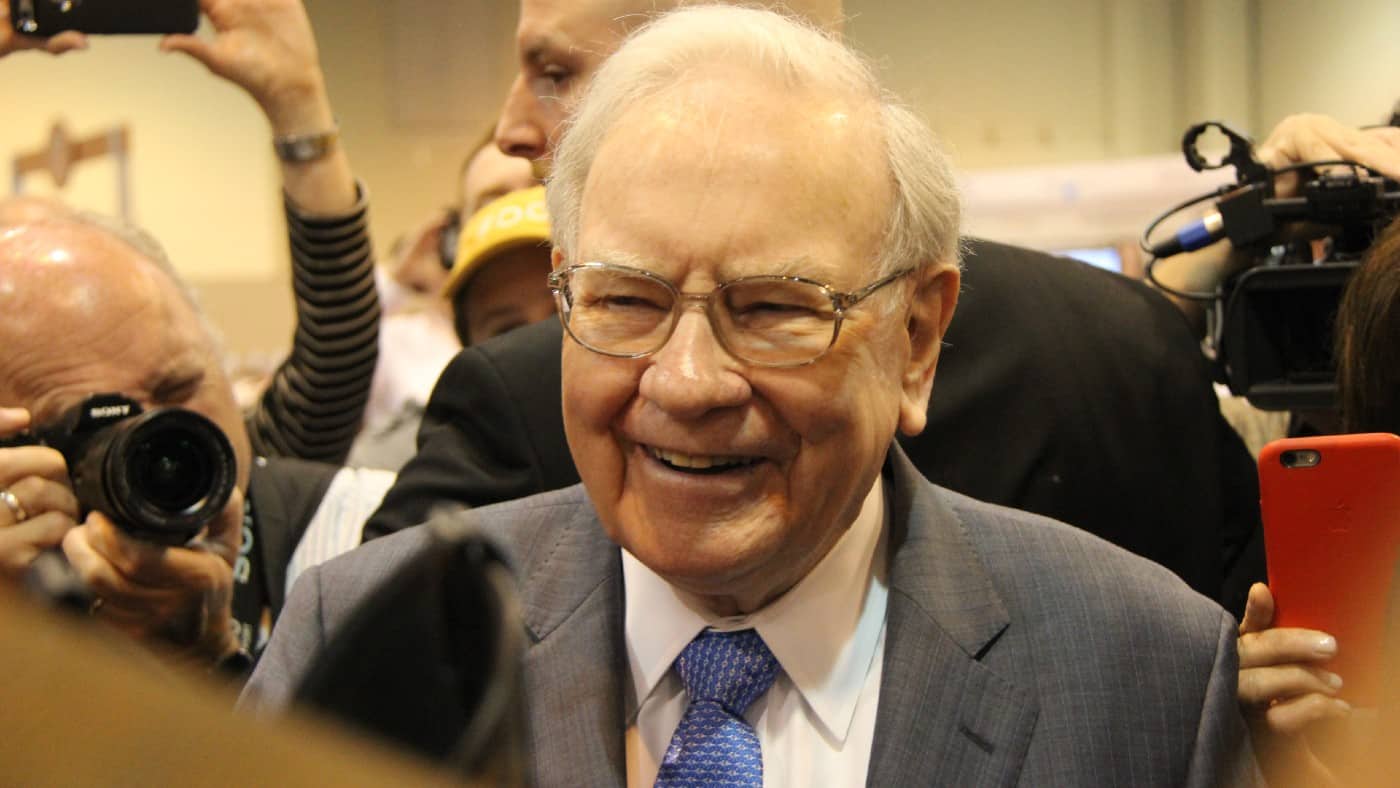Billionaire investor Warren Buffett owns a variety of US stocks via his company Berkshire Hathaway. He has an incredibly strong track record of performance, meaning that I keep a close eye on the companies he buys and sells. One stock he owns recently received a reiteration of a Buy recommendation from a leading investment bank. Here are the details.
Broker forecasts
The research team at Goldman Sachs came out at the start of October to note it still rates Bank of America (NYSE:BAC) as a Strong Buy. This is the highest form of recommendation that analysts can give. At the moment, the team at Goldman Sachs isn’t the only one with such a rating. In fact, of the 24 brokers that cover the stock, 13 have a Strong Buy, two have a Buy and nine have a Hold rating.
The average share price target for the next year for Bank of America shares is $44. Given that it trades at $40 right now, that’s a potential 10% uplift. Of course, share price targets and analysts ratings aren’t always correct. Yet the high proportion of Buy ratings (and the lack of selling ones) does give me the impression that Wall Street has a favourable outlook for the bank.
Should you invest £1,000 in Bank of America right now?
When investing expert Mark Rogers has a stock tip, it can pay to listen. After all, the flagship Motley Fool Share Advisor newsletter he has run for nearly a decade has provided thousands of paying members with top stock recommendations from the UK and US markets. And right now, Mark thinks there are 6 standout stocks that investors should consider buying. Want to see if Bank of America made the list?
Buffett first bought Bank of America stock in August 2011, with a $5bn stake alongside warrants that gave him the potential to further increase his exposure over time. Even though he recently trimmed some of his exposure, the latest filings show it’s the third largest holding in his portfolio. The current value of the stock equates to 12% of the overall investment pot.
Taking a closer look
Buffett’s up handsomely on his initial investment. Yet even over just the past year, Bank of America shares have jumped by 54%.
The bank’s benefitted from the US Federal Reserve keeping interest rates higher than many expected, with the first rate cut only coming last month. This has allowed the bank to make a large profit margin in the difference between the rate charged to clients on loans versus what gets paid on deposits.
What impressed me from the latest quarterly results was the growth in non-interest related income. Investment banking fees were up 29% versus the same period last year. Trading revenue also jumped by 9%. This shows the firm has a diversified income base from various angles.
One risk is that the bank’s one of the largest holders of retail deposits in the US. As interest rates start to fall, these funds are likely going to be pulled by customers for use elsewhere. Therefore, the bank will make less money from holding deposits going forward.
I do like the company, as does Buffett and analysts on Wall Street. Therefore, I’m thinking about adding it to my portfolio shortly.








